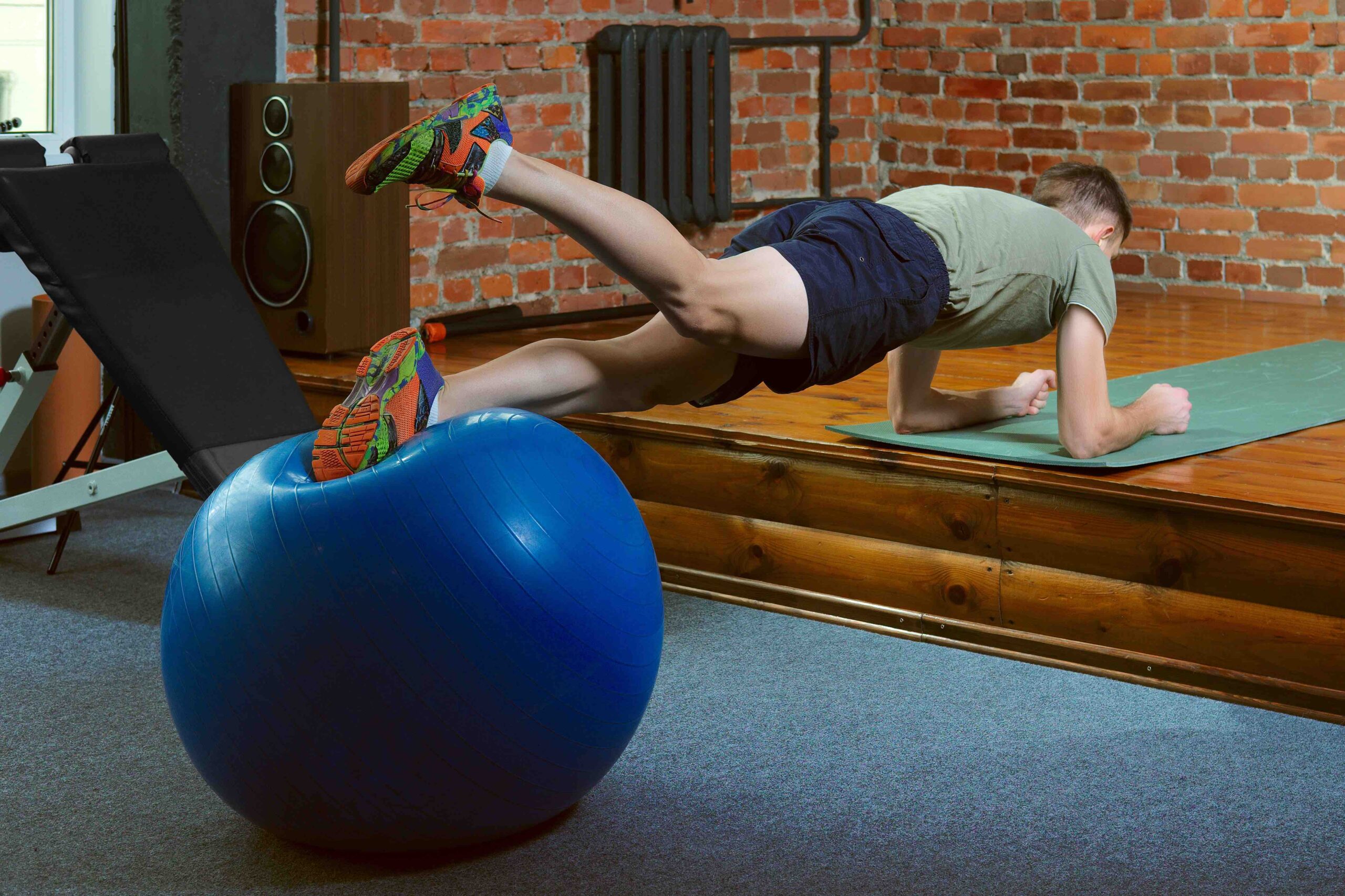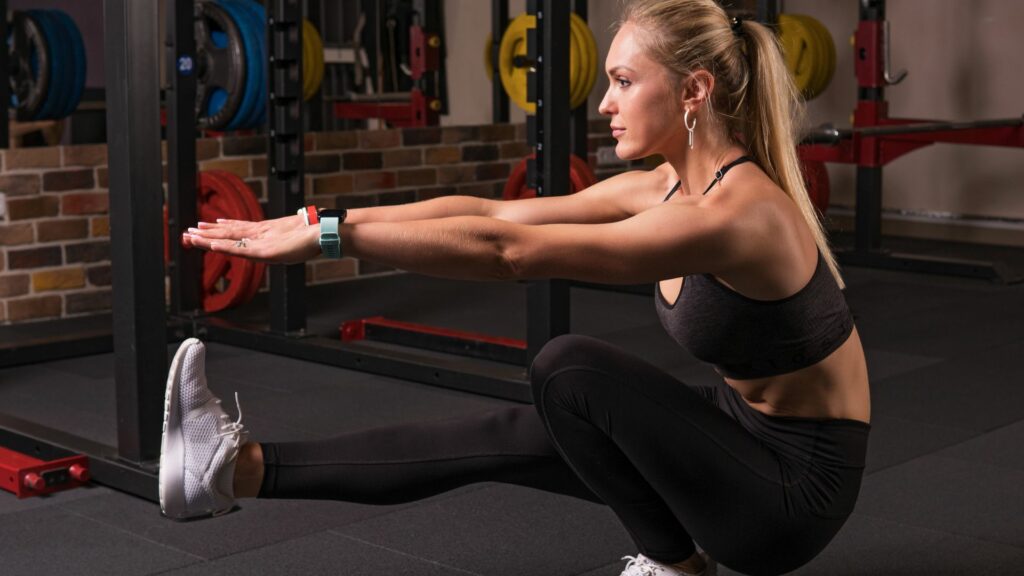Why balance training is so important for athletes

For skiers and gymnasts, regular balance training is a given. Not only because it improves their performance but primarily to prevent injuries. But it’s essential for anyone who does sports and fitness regularly. Good balance makes you better in all areas.
Balance training should be a fixed part of your workout
Long underestimated in its importance, there is hardly a sport today in which balance training does not play a role. This is not surprising because we need this ability almost constantly. For runners, it is crucial when jogging on uneven surfaces. Tennis players need good balance when they run into a ball, and soccer players need it when they volley. A good balance is also required when strength training with free weights.
The role of the center of mass
The center of mass plays a vital role in your balance skills. It’s the position in which you feel most stable and are least likely to lose your balance. This is because whenever you move, your body chooses the safest position.

Only balance training improves postural control
A study published in “The journal of Sports Medicine” has shown that muscle strength and flexibility are insufficient to train balance skills. In fact, only regular balance training can effectively improve postural control.
Balance training improves three important systems
he study also showed why balance skills training is so necessary:
- Balance training is the only method that simultaneously trains the visual, vestibular, and proprioceptive systems.
- In the visual system, orientation in space is done through the eyes.
- The ears are part of the vestibular system.
- The proprioceptive system has special receptors in muscles, tendons, ligaments, and joints.
- Balance exercises improves neuroplasticity in the brain. Newly developed areas thus additionally help to maintain balance even during the most complicated exercises.
The balance can be trained very easily
Especially practical: Balance skills can be trained very well and quickly. Here are a few examples:
- Walk forward and backward on a curb or a tree stone. Advanced users can simultaneously try throwing a ball up and catching it repeatedly. Professionals should try juggling and balancing.
- One-legged squats are also very effective. Again, you can move your leg backward or forwards. Or you can try yoga style, placing the lower leg on the thigh of the standing leg while bending.
- Falling exercises, as in judo, are also ideal for training balance skills.
Balance exercises with tools
Of course, the industry has also responded and offered numerous effective balance training products: Pezzi balls, balance boards, unique foam cushions, slacklines, and mini trampolines. Very popular in summer, and an excellent balancing sport is stand-up paddling.
Finally, a few tips
- You need enough space for your balance workout. Especially stay away from sharp edges if you get off balance.
- Keep breathing as evenly as possible, and don’t hold your breath. Unfortunately, this happens quite quickly. The culprit here is not necessarily the level of difficulty but the stress of learning new exercises.
- Your goal should not be to keep your upper body completely still during the exercises. Instead, it’s much better to find the range between tension and looseness that keeps you balanced.
- Find the weak points and train them. Don’t rest on it when you’ve mastered the exercises perfectly, but make them harder. It’s like strength training. You use more weights over time.